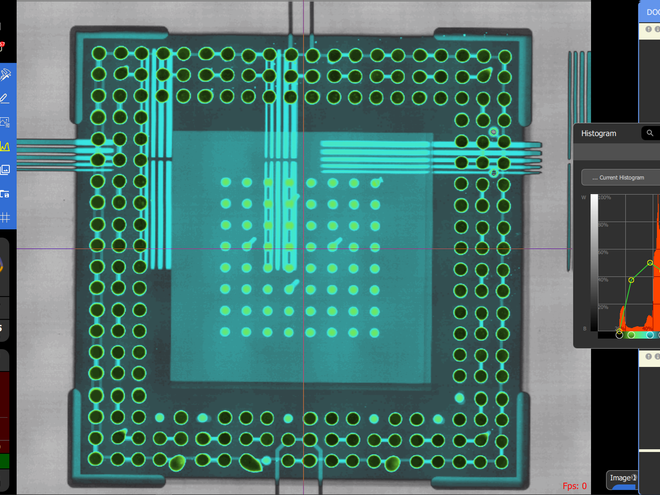The Importance of X-ray Testing in the Lithium Battery Industry
Release time:2024-02-04Publisher:Jeenoce
As an important component of electric vehicles, lithium-ion batteries are currently mainly based on lithium batteries. From the perspective of battery packaging, there are three main methods: cylindrical, square, and flexible packaging. For power batteries, different packaging methods have different quality inspection points.

Cylindrical battery
The cylindrical lithium battery is an 18650 lithium battery. Tesla has chosen to use this cylindrical packaging method for electric vehicles. This type of battery uses winding technology and has developed to a high degree of automation. Companies generally use online X-ray lithium-ion battery testing equipment to detect the quality of each battery, mainly focusing on coil alignment, welding defects in connectors, and due to the high degree of automation in cylindrical battery production, X-ray inspection equipment will be added to the production line to test battery quality. Improve inspection efficiency and reduce manual intervention through software settings, automatically identifying defective products.
Square shaped battery
With the continuous development of new energy vehicles, the demand for battery energy density is also increasing, so square shaped batteries have emerged. This type of square shaped battery is packaged in an aluminum or steel shell, which can greatly reduce the number of battery components and make the structure of the battery simpler. The positive and negative electrodes of current square batteries use two different processes, winding and stacking, so different equipment models need to be selected for X-ray inspection. UFJ has developed and produced corresponding testing equipment for power windings and power stacked batteries, which are more targeted and have better test results
Flexible packaging batteries
Flexible packaging batteries are a newly emerged battery packaging method in recent years. There is not much difference in the internal structure of this type of battery, but soft materials are chosen for the outer packaging, such as using aluminum-plastic composite film to package the battery. This soft material has better deformation ability compared to stainless steel or aluminum in use, greatly improving the safety performance of power batteries. However, this type of flexible packaging battery is prone to leakage and other problems, so in addition to detecting the internal positive and negative electrode arrangements during X-ray inspection, the alignment of the coils should also pay attention to the sealing of the packaging.

